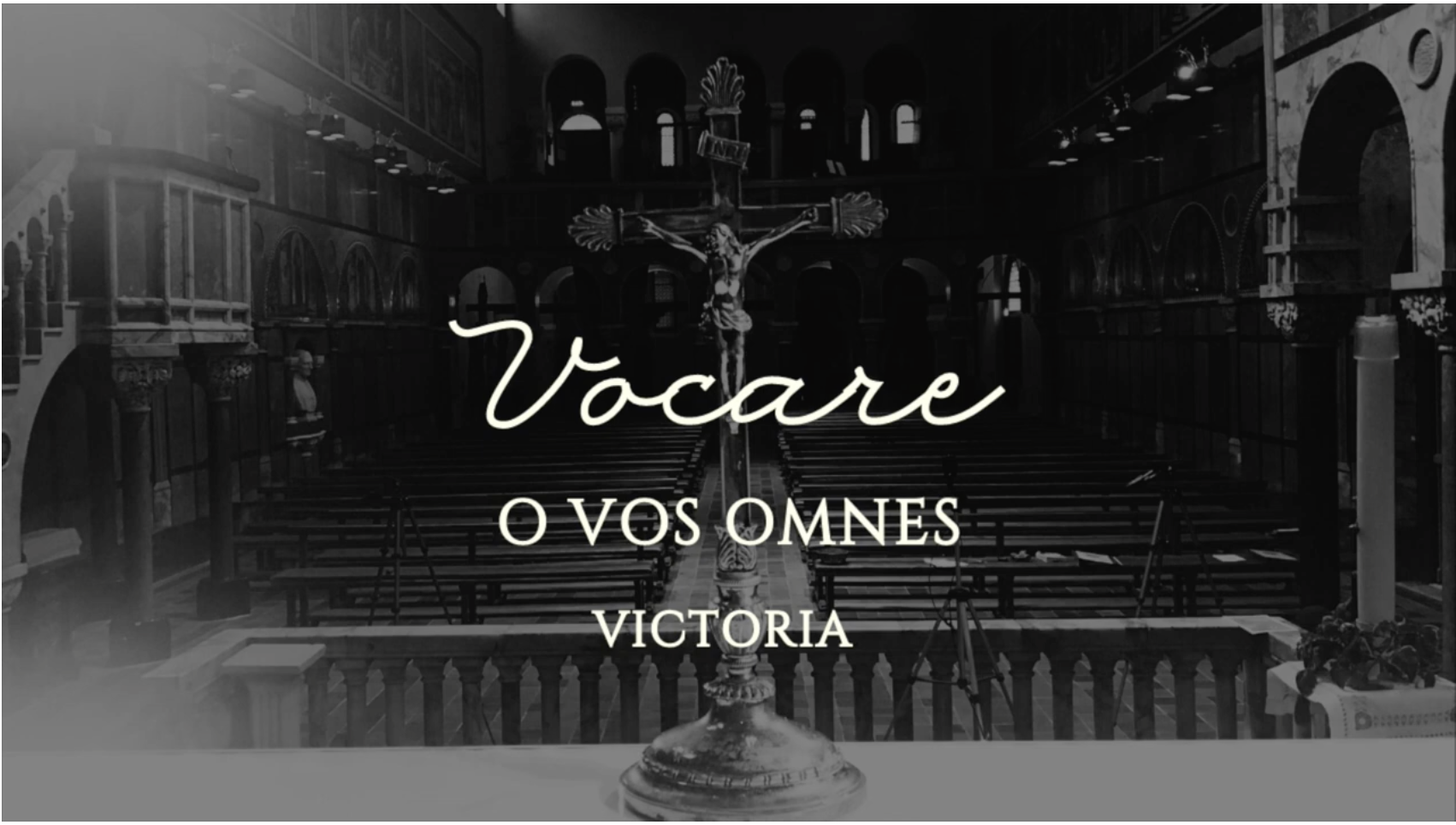Interestingly, Jesus’ hard teaching that “what therefore God has joined together, let no man put asunder” (Mt 19:6) follows not long after his insistence to Peter on the necessity of forgiveness (see Mt 18:21–35).
It is true that Jesus did not condemn the adulterous woman who was threatened with death by stoning, but he did not tell her to keep up her good work, to continue unchanged in her ways. He told her to sin no more (see Jn 8:1–11).
One insurmountable barrier for those advocating a new doctrinal and pastoral discipline for the reception of Holy Communion is the almost complete unanimity of two thousand years of Catholic history on this point. It is true that the Orthodox have a long-standing but different tradition, forced on them originally by their Byzantine emperors, but this has never been the Catholic practice.
One might claim that the penitential disciplines in the early centuries before the Council of Nicaea were too fierce as they argued whether those guilty of murder, adultery, or apostasy could be reconciled by the Church to their local communities only once—or not at all. They always acknowledged that God could forgive, even when the Church’s ability to readmit sinners to the community was limited.
Such severity was the norm at a time when the Church was expanding in numbers, despite persecution. It can no more be ignored than the teachings of the Council of Trent or those of Saint John Paul II or Pope Benedict XVI on marriage can be ignored. Were the decisions that followed Henry VIII’s divorce totally unnecessary?















